Ancient Tea Horse Road Museum – Ticket, Opening Hours, Location, and Highlights
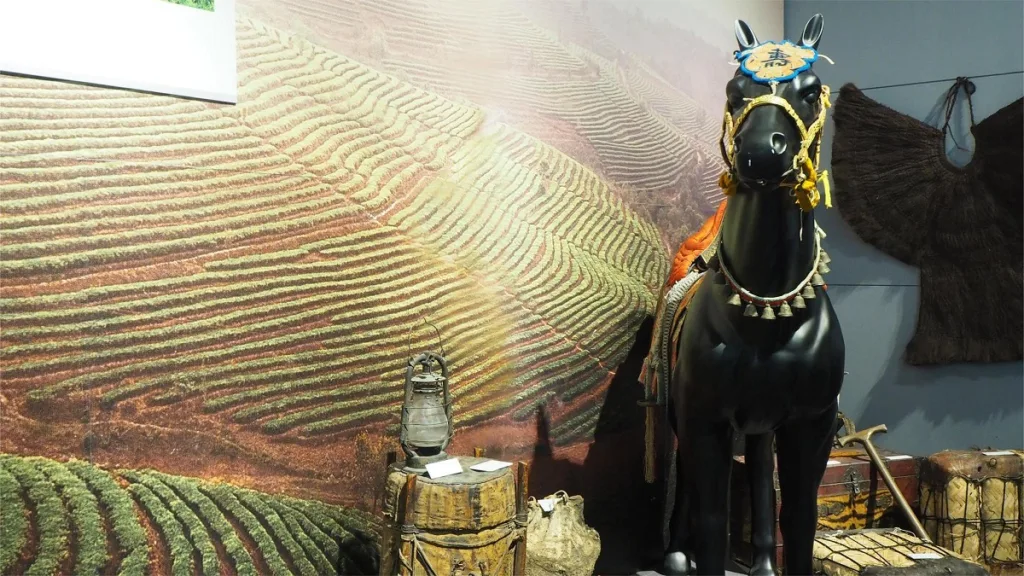

The Ancient Tea Horse Road Museum (茶马古道博物馆) in Lijiang is dedicated to showcasing the rich history and culture of the Ancient Tea Horse Road, along with the local customs of Shuhe and the culture of Pu’er tea. Through its extensive collection of exhibits and comprehensive information, the museum offers visitors a glimpse into the profound history and cultural significance of this ancient trade route. The architectural style of the Ancient Tea Horse Road Museum is distinctive, as it is part of the Shuhe Township complex built during the Ming Dynasty under the governance of the Mu family, prominent leaders of the Naxi ethnic group.
Table of Contents
- Basic Information
- Location and Transportation
- Exhibitions in Ancient Tea Horse Road Museum
- Historic Context of Ancient Tea Horse Road
- Other Attractions in Lijiang Urban Area
Basic Information
| Estimated Length of Tour | 0.5 – 1 hour |
| Ticket Price | Free |
| Opening Hours | 9.00 – 17.30 |
| Telephone Number | 0086-0888-5174636 |
Location and Transportation
The Ancient Tea Horse Road Museum is located on Zhonghe Road in Shuhe Ancient Town, Gucheng District, Lijiang City, Yunnan Province, China. Visitors can take Bus Route 6, Route 103, or Route 208 to Shuhe North Gate Stop (束河北门站) and then walk approximately 600 meters to reach the museum.
Exhibitions in Ancient Tea Horse Road Museum
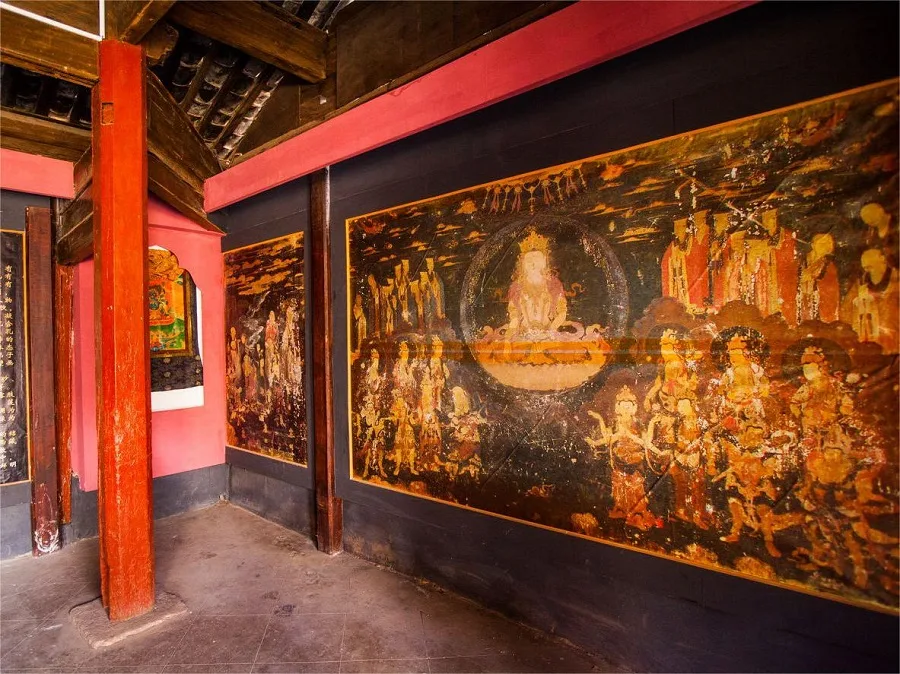
The museum features multiple exhibition areas, including the Preface Hall, Mural Exhibition Hall, History Hall I, History Hall II, Shuhe Life Hall, and Shuhe Leatherworking Hall. Each area showcases different aspects of the history and culture of the Ancient Tea Horse Road.
In the Mural Exhibition Hall, visitors can admire exemplary murals dating back to the Ming Dynasty, characterized by vivid colors and smooth lines, demonstrating significant artistic value. History Hall I and History Hall II provide detailed insights into the historical evolution and commercial activities along the Ancient Tea Horse Road through artifacts, images, and textual materials. Shuhe Life Hall and Shuhe Leatherworking Hall offer visitors a deeper understanding of the daily life and traditional craftsmanship of Shuhe Ancient Town, enriching their knowledge of local folk culture and traditional skills.
Historic Context of Ancient Tea Horse Road

The Ancient Tea Horse Road, primarily associated with the caravan culture, facilitated the transportation of tea, horses, cloth, and daily necessities, establishing itself as one of the oldest trade routes on the Chinese mainland, comparable to the Northern Silk Road. In the year 641 AD (the 15th year of the Zhenguan period of the Tang Dynasty), King Songtsen Gampo of Tibet successfully sought the hand of Princess Wencheng of the Tang Dynasty, who brought with her advanced production methods and tea-drinking customs. During the Tianbao period of the Tang Xuanzong reign, tensions arose between the Tang and Tubo (Tibetan) dynasties, leading to a ban on tea imports into Tibet. Consequently, the Tubo Dynasty utilized the Yunnan-Tibet route, which had been opened earlier, to resolve the tea crisis. Yunnan tea subsequently entered Tibet and was further traded to India, West Asia, and Europe.
From the Song and Yuan Dynasties to the Ming and Qing Dynasties, due to political, military, and economic factors, the tea-horse trade expanded, and the Ancient Tea Horse Road became a vital link between the southwestern ethnic groups and the central dynasties. During the period of the Anti-Japanese War, when China’s maritime routes were blockaded by the Japanese, the Ancient Tea Horse Road emerged as the sole international passage. It facilitated the influx of a large amount of strategic materials into the interior, supporting the war effort and promoting the development of cities along the route.
Other Attractions in Lijiang Urban Area
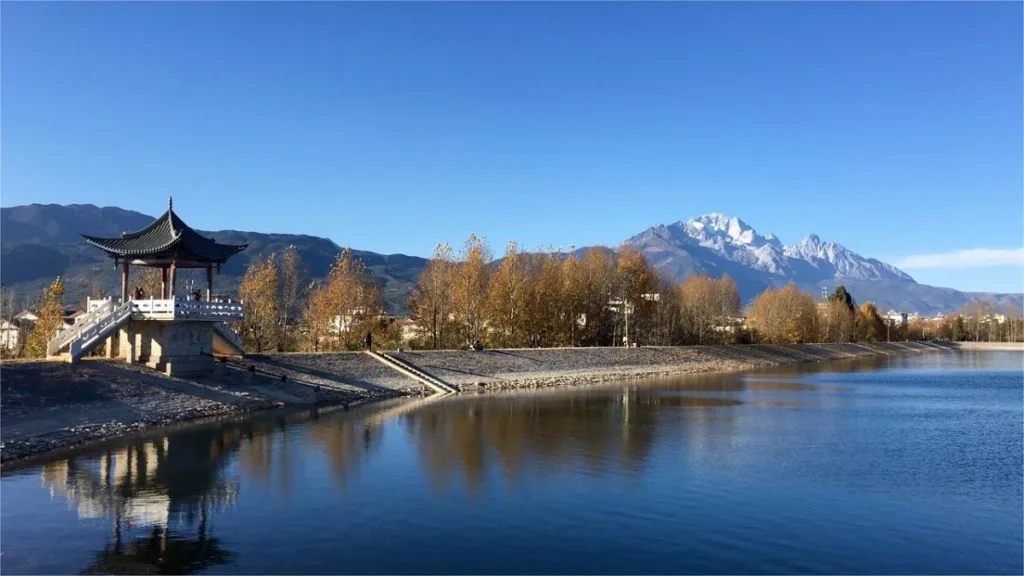
Lijiang Qingxi Reservoir
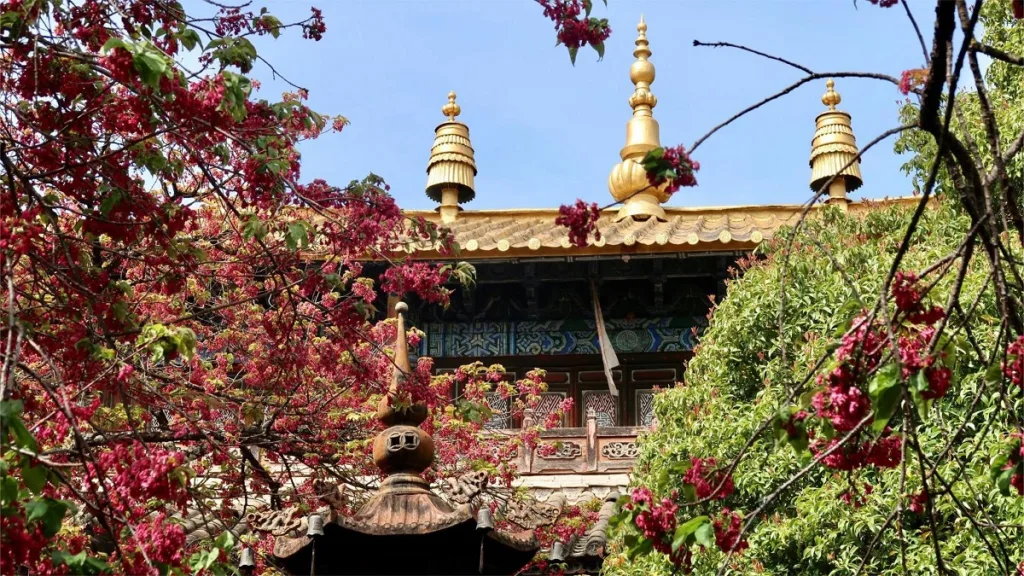
Puji Temple
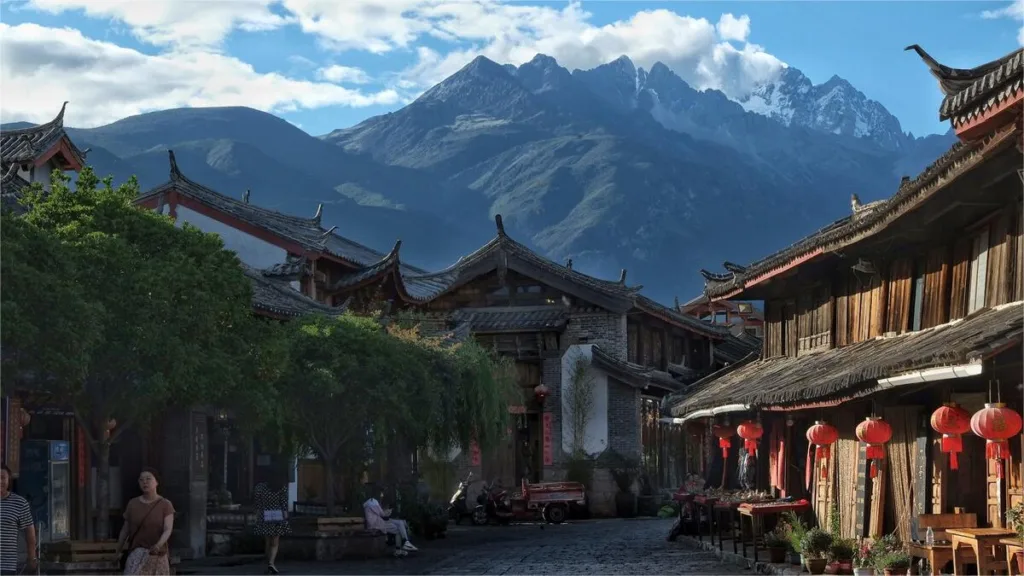
Baisha Ancient Town

Lijiang Romance Park
Lijiang attractions, Yunnan museums